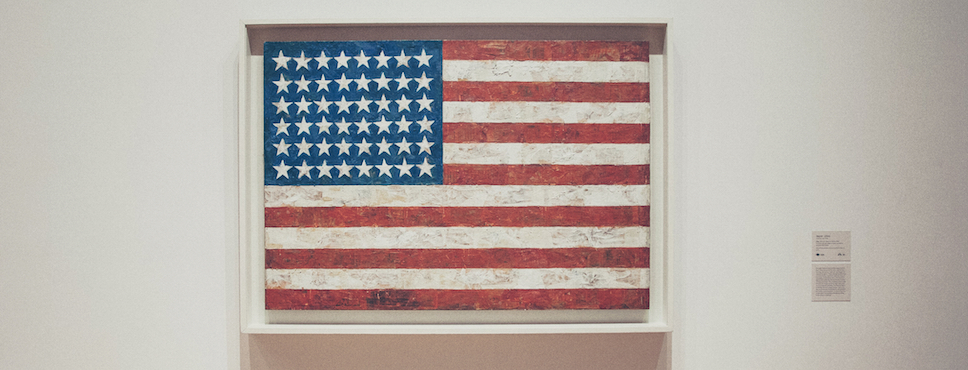Donald Trump’s first few months as president highlight the stark truth that the United States of America are more disunited than they have been since the 1860s, explains J. Walker Smith, executive chairman of Kantar Futures.
Rather than the fault-lines being between the states, in 21st Century America they are between different political belief systems.
Fast forward from last November to today: everybody is wearing outrage on their sleeves. People have pulled far apart from one another. Divides have hardened and the divide is what matters now. There is no single American culture anymore. There are now two.
We have moved from political extremism as deviation from the norm to extreme politics as business as usual. Division and confrontation have replaced diversity and negotiation as the new normal. At Kantar, we call this ‘FragmentNation’.
Americans are moving apart, in their tastes, their values, their ideologies and their lifestyles. Echo chambers are not just social media; they have become physical spaces. Increasingly, people are choosing to live in like-minded communities, places where everybody votes alike.
Politics, lifestyles and consumption can’t be separated anymore. Politics drives choice of brands and retailers. In the 2016 Presidential election, states with the highest penetration of Dollar Stores voted for Trump; most of those with the highest penetration of Whole Foods stores voted for Clinton.
A tweet from President Trump is enough to send company stocks soaring or crashing, while expressions of support or criticism for him draw outrage from increasingly polarised consumers and calls for brand boycotts.
GEOGRAPHICAL DIVIDE
Daily Yonder co-founder and award-winning reporter Bill Bishop has found that six in 10 people live in so-called landslide counties, essentially places where everybody votes alike. That percentage was only one-quarter of Americans in 1976. This geographic divide is reflected in the growing cultural and economic separation between cities and rural areas.
With Americans self-sorting themselves into like-minded communities, ever more marked variations in local values, attitudes and consumption patterns are emerging.
“Brands can no longer take it for granted that people will keep ideology and consumption separate”
Indeed, looking ahead, we should expect to see large metro areas acting much more like independent city-states. This kind of independence and localization is what Richard Florida, author of The Rise of the Creative Class, says will enable the two American cultures to coexist – local governance that fits local norms, not national or state governance that runs afoul of cross-community conflicts.
As cultural experience fragments, people are less comfortable in, and less accustomed to, dealing with different opinions. People believe in a particular narrative, whether left, right or middle, and they see the world through that lens. Contrary information won’t burst any bubbles. People consume and share news and information that reinforce their beliefs.
It’s not about facts or fake news. It’s about narratives.
MOTIVATED NUMERACY
There’s a study that demonstrates this brilliantly. A group of people with strong math skills were given a math problem to solve. When they were told the math problem was about skin treatment, Democrats and Republicans tended to perform alike. But when the exact same math problem was said to be about gun control, people were all over the board in getting it wrong. The researchers called this “motivated numeracy” – which translates as adding up the numbers in ways that fit their ideology or cultural values.
There’s no point in trying to pop a bubble with a data point. Instead, the task is to tell stories that resonate, to frame the facts in ways that are consistent with narratives, not contradictory. People will change their minds only when they don’t have to change their narratives.
Likewise, marketing communications that don’t fit culture won’t compute. One of the key challenges facing companies today is making meaningful connections with consumers in an environment that has fragmented into highly polarized camps and in which politics has suddenly emerged as a reason to buy, or not to buy.
Some brands may decide that their best strategy is to align themselves more tightly with the values of their core audiences. Other brands, though, may try and rise above division, creating platforms that celebrate underlying beliefs that Americans share and agree on, thus encouraging tolerance of other, opposing views.
But that’s going to be a tricky balancing act because it will put brands at risk of becoming the politeness police, refereeing the public commons to make sure people play well together.
There have always been cultural divides in America, but rarely have they been as divisive as today. Tolerance and mutual respect are in short supply. Brands can no longer take it for granted that people will keep ideology and consumption separate. Brands must pay attention to politics as never before, because politics is now consumption, too.

